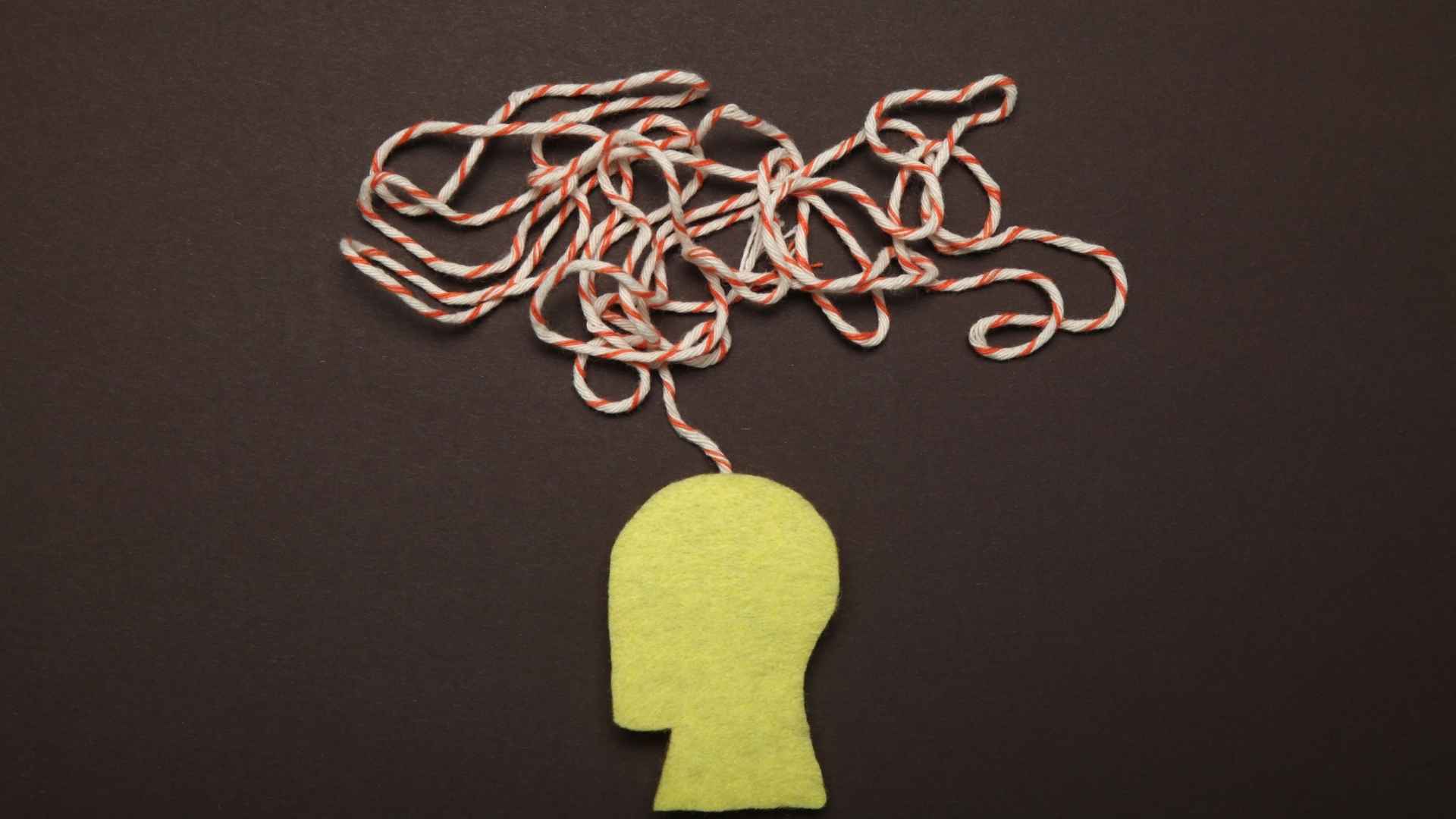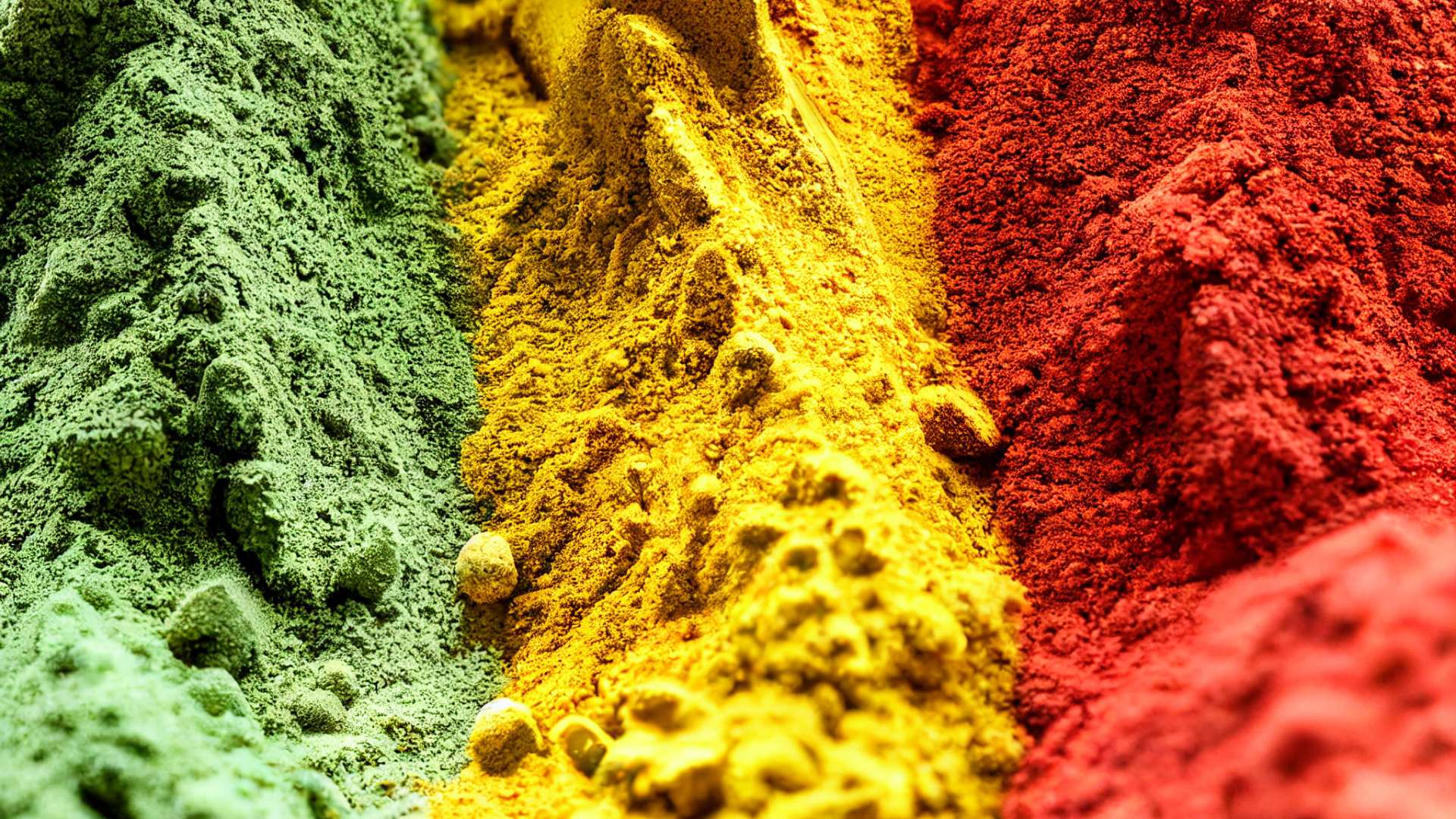Opioids are a category of drugs that are commonly used, and talk of them is quite common. They relieve pain, but they also raise the risk of addiction, overdose, and death. Because the opioid crisis is happening, it is more important now than ever to understand what opioids are, how they work, and the dangers they can bring.
In this blog, we’ll explain what opioids are, the available types, their effects, and what opioid addiction looks like.
What Are Opioids?
These drugs are part of the opioid group and are either taken from or designed to copy natural compounds in the opium poppy (Papaver somniferum). They achieve their effects by interacting with opioid receptors, which stops pain messages and commonly produces a sense of comfort, drowsiness, and contentment.
People take opioids for their medical (prescription pain relief) and recreational (illegal, often using heroin) purposes. These drugs are found in nature, as semi-synthetics or are created entirely in labs, and they are often misused and become addictive.
Opiates vs. Opioids: What’s the Difference?
While the terms opioid and opiate are often used interchangeably, there are important distinctions:
- Opiates: Natural substances found in poppy seeds that are used, such as morphine and codeine.
- Opioids: The name covers natural opiates as well as drugs made partly or fully by humans that affect opioid receptors.
Types of Opioids: A Comprehensive Breakdown
Understanding the kinds of opioids can help clarify how different substances are used and misused. Here’s a breakdown of the main categories:
1. Natural Opiates
These are alkaloids found in the resin of the opium poppy:
- Morphine: Used to treat severe pain, especially post-surgical or cancer-related.
- Codeine: Often found in cough syrups and mild pain relievers.
2. Semi-Synthetic Opioids
These are chemically modified versions of natural opiates:
- Hydrocodone: Commonly prescribed for dental and injury-related pain.
- Oxycodone: Highly potent, frequently prescribed for chronic pain.
- Hydromorphone: More potent than morphine, used in hospital settings.
- Oxymorphone: Reserved for severe pain due to its strength.
3. Fully Synthetic Opioids
These are created entirely in laboratories:
- Fentanyl: 50-100x more potent than morphine; a major contributor to overdose deaths.
- Methadone: Used both as a painkiller and in medication-assisted treatment (MAT) for OUD.
- Tramadol: Considered less potent, but still addictive with misuse.
4. Endogenous Opioids
The human body naturally produces its own opioids, called endorphins and enkephalins, which help manage stress and pain.
5. Opioid-Related Substances
Some medications, while not traditional opioids, work on the same receptors:
- Buprenorphine: A partial agonist used in addiction treatment.
- Nalbuphine and Butorphanol: Mixed agonist-antagonists used for moderate pain.
These various examples of opioids show just how diverse the category is—ranging from life-saving medications to substances with high abuse potential.
What Are Opioid Drugs? Examples of Opioids
Below is a table summarizing some of the most common opioids and their typical uses:
| Opioid Name | Type | Common Use |
| Morphine | Natural | Severe pain |
| Codeine | Natural | Mild-moderate pain, cough |
| Heroin | Semi-synthetic | Illicit, not prescribed in the U.S. |
| Oxycodone | Semi-synthetic | Moderate-severe pain |
| Hydrocodone | Semi-synthetic | Moderate-severe pain |
| Hydromorphone | Semi-synthetic | Severe pain |
| Oxymorphone | Semi-synthetic | Severe pain |
| Fentanyl | Synthetic | Severe pain, anesthesia |
| Methadone | Synthetic | Pain, opioid use disorder |
| Buprenorphine | Synthetic | Opioid use disorder, pain |
| Tramadol | Synthetic | Moderate pain |
| Meperidine | Synthetic | Moderate-severe pain |
How Do Opioids Work?
Opioids stick to opioid receptors found in the brain, spinal cord, and various organs. As a result, pain transmission is blocked, and how pain is perceived changes, and users might feel euphoric and relaxed.
Therefore, opioids provide great pain relief but can often cause people to become dependent or to misuse them.
Medical Uses of Opioids
- Pain relief: Acute pain (after surgery or injury), chronic pain (cancer, severe arthritis)
- Cough suppression: Codeine is sometimes used in cough syrups
- Diarrhea control: Some opioids slow gut motility
- Opioid use disorder treatment: Methadone and buprenorphine are used to treat addiction
Opioids vs. Opiates: Key Differences
| Feature | Opiates (Natural) | Opioids (All Types) |
| Source | Opium poppy plant | Natural, semi-synthetic, or synthetic |
| Examples | Morphine, codeine | Oxycodone, fentanyl, heroin, morphine, codeine, etc |
| Common Use | Pain relief | Pain relief, cough, diarrhea, and addiction treatment |
| Legality | Some legal, some illegal | Some legal, some illegal |
Dose-Dependent Use of Opioids and Addiction
Opioids are dose-dependent: higher doses increase the risk of side effects, overdose, and addiction. Even when taken as prescribed, long-term use can lead to:
- Tolerance: Needing more for the same effect
- Physical dependence: Experiencing withdrawal symptoms when stopping
- Opioid use disorder (OUD): Compulsive use despite harm
Opioid Side Effects
All opioids can cause side effects, which may include:
- Drowsiness or sedation
- Constipation
- Nausea and vomiting
- Euphoria
- Itching
- Dizziness
- Slowed breathing (respiratory depression)
- Confusion
Signs and Symptoms of Opioid Addiction
Opioid use disorder is characterized by a problematic pattern of opioid use leading to significant impairment or distress. Signs and symptoms include:
- Used in doses that are higher or last for a longer time than directed
- Failures in managing how much someone uses
- Spending a lot of time getting, using, or getting over the effects of opioids
- The urge to use strong opioids often becomes too great.
- Disregarding the things that need to be done at work, school, or home
- Even if there are social or health challenges, the user still keeps using.
- Often, tolerance and withdrawal symptoms develop in people addicted to cannabis.
Opioids Related Substances
Other substances related to opioids include:
- Partial agonists: (e.g., buprenorphine), which activate opioid receptors but with less intensity.
- Antagonists: (e.g., naloxone, naltrexone) which block opioid receptors and are used to reverse overdoses or prevent relapse.
Opioid Use Disorder: A Growing Concern
Repetitive opioid use can cause opioid use disorder (OUD). A person with OUD often continues to seek and use opioids despite the risks. Because these substances are very powerful, they often cause major health risks and can be deadly, especially if made with fentanyl.
People receiving treatment for OUD may get medications (methadone, buprenorphine, naltrexone) as well as counseling and join support groups.
Final Thoughts
Knowing the different kinds of opioids—including morphine, codeine, and fentanyl- is very important for anyone who uses them or wants to avoid their risks.
Pain management depends greatly on opioids, but people need to be careful, well supervised by a medical professional, and attentive to the indications of opioid use disorder. If facing difficulties with opioid use, individual or professional assistance is provided to those in need.











